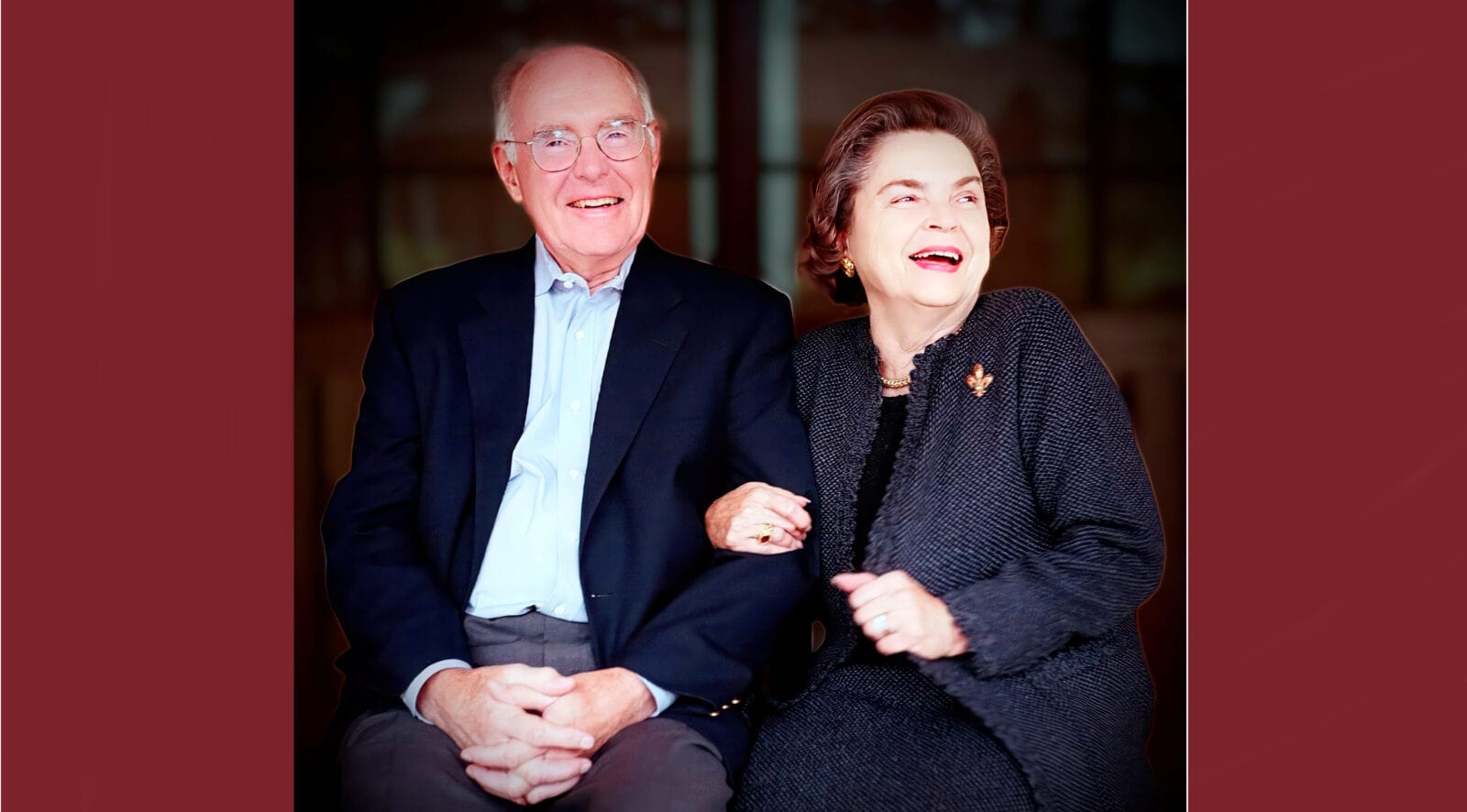$110 million commitment from Gordon and Betty Moore to Wildfire Resilience Initiative

After a century of fire exclusion, ecosystems and communities across Western North America now face a growing threat from extreme wildfire. In part, this reflects changes in climate that have yielded hotter, drier seasons. Other factors contribute too: ecosystem fragmentation, historic clear-cutting, pathogens and invasive species, increasing sprawl and development at the wildland-urban interface, and a related increase in human-caused ignitions.
Impacts of extreme wildfire range from the erasure of ecological heterogeneity across tens of thousands of acres at a time, to the backsliding on decades of air quality public health gains, with millions of people across Western North America now annually exposed to dangerous levels of fine particulate matter.
To address this growing challenge, the Gordon and Betty Moore Foundation is launching a new initiative that will invest $110 million over the next six years as the first of two planned phases to support the Wildfire Resilience Initiative.
“Wildfire is a growing and imminent challenge in Western North America and around the world. The wildfire challenge and many scalable solutions sit at the intersection of our interests — conserving nature, catalyzing scientific advancements, and preserving the special character of the Bay Area,” said Aileen Lee, chief of programs at the Gordon and Betty Moore Foundation. “If we want to be proactive about adapting to the reality of living with climate change, how we prepare and respond to wildfire risk will make a critical difference.”
Fire was once an integral, healthy element within many Western North American landscapes. For these ecosystems to thrive, fire needs to be able to play its essential role, and that means both reducing extreme wildfire events and, when conditions allow, increasing beneficial fire — through cultural burns, prescribed burns, and managed wildfire. Ecological benefits include ecosystem integrity, habitat and biodiversity conservation, and reduced net greenhouse gas emissions. Yet not all wildfire policies have advanced at pace with scientific understanding.
In the last 100 years, Western North America has traded many small fires for fewer, catastrophic, large fires. Persistent fire suppression has unintentionally made people and communities more vulnerable to wildfires, not less. Although the scientific community recognizes the need for more lower intensity fire to burn, public attitudes and legitimate concerns about safety and property have made it difficult to implement new policies and practices to promote active use of beneficial fire.
“This initiative aims to help speed a systemic and strategic transformation in the role that fire plays — and is understood to play — across Western North America,” said Genny Biggs, program director at the Gordon and Betty Moore Foundation.
“Sustained wildfire resilience will mean increased ecosystem health and community security. Ultimately, we want communities to be able to coexist with fire, not as an unwanted, destructive threat, but as an essential, vital part of our landscapes.”
In order to achieve these goals, strategic and coordinated investments will be crucial. Success in this field will require better technology and systems, to know where all fires are and to predict their behavior more accurately.
It will require successful demonstrations of wildfire resiliency that can be systematically planned and implemented at scale, to sustain healthy fire-adapted ecosystems and safeguard fire-prone communities. Through upstream interventions that reduce the risk of severe and detrimental wildfires, and increase beneficial fire, our fire-adapted ecosystems and fire-prone communities will become more resilient.
In the dynamic context of our changing climate, we believe that reaching a long-term vision of wildfire resilience across Western North America — a point at which the total annual area burned is burned by beneficial fire — will require not only a shared understanding of the transformations that are needed, but also time and patience, potentially over multiple decades.
Targeted philanthropic funding can help realize that vision by supporting:
Integration of wildfire resilience efforts across sectors
Increased knowledge and understanding of wildfire and changing fire regimes through a multidisciplinary, coordinated fire research agenda
Accelerated advances in science, technology, and data integration that make the most difference for improved early fire detection, consequence assessment, and response
Aligned incentives and stakeholders to implement wildfire mitigations that ensure that communities can coexist with the impacts of wildfire and smoke
Tested, adapted, and demonstrated fire and ecosystem stewardship models to avoid the conversion impacts of extreme wildfire events and instead burn under appropriate and beneficial conditions in the context of a changing climate
Science-based key indicators, implementation dashboards, and outcome scorecards of wildfire resiliency for watersheds and counties in Western North America
A framework that inspires others to collaborate and/or invest in ways that augment and accelerate collective goals
